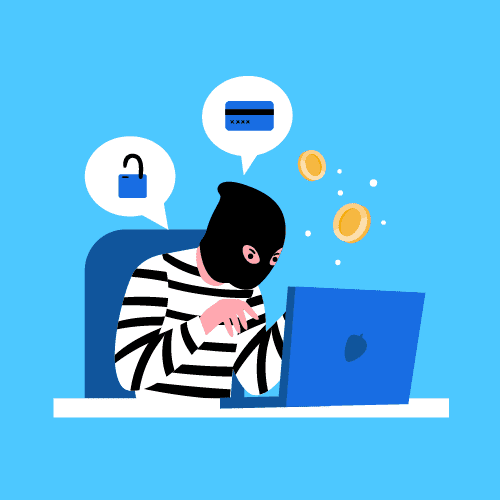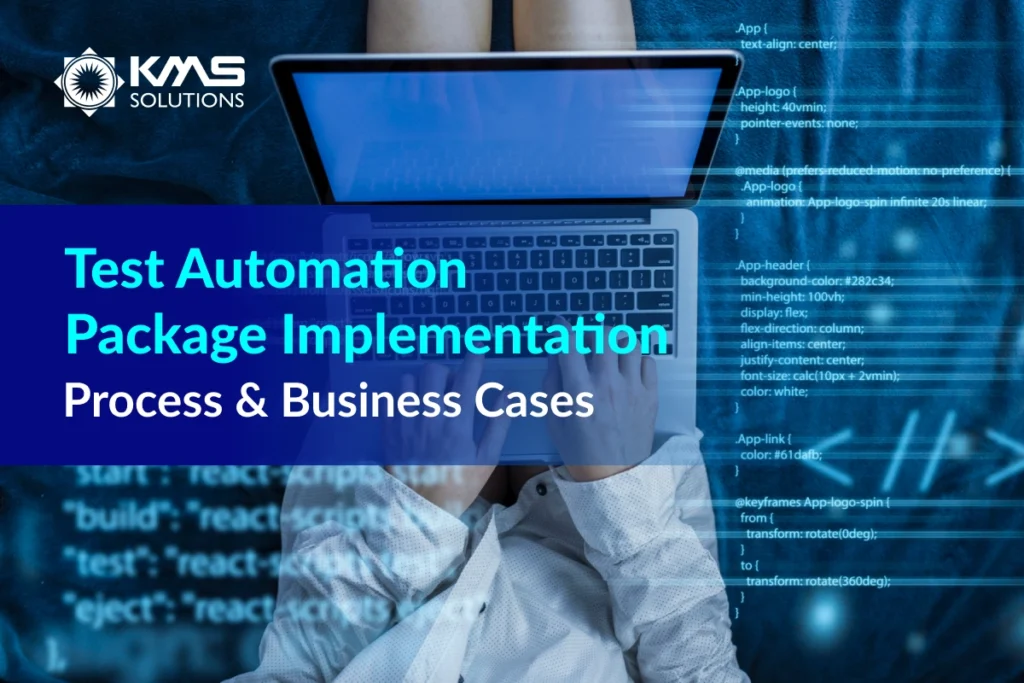Given the risk of fraud in this digital world, eKYC solution has become an essential component of any mobile banking app. Thanks to eKYC solutions, banks can verify customers online no matter where they are. And the process is done automatically without human intervention while staying complying with regulations.
But when developing a mobile application, eKYC is not a stand-alone solution. It is a mix of features that together help banks onboard customers fast and conveniently. Below are the 8 eKYC technologies that are transforming the way banks verify their customers.
Table of Contents
1. Face Matching
Face Matching
Face matching is a type of eKYC technology that verifies a user’s identity based on his/her face captured in live photos or videos. Behind face matching is machine learning algorithms that can pick out unique features on the user’s face. Those features, such as the distance between eyes or the shape of the chin, are compared with available data in the face-matching database.
Data about a given user’s face is called their face template. Unlike portraits, face template only includes certain that the face-matching system needs to distinguish the user’s face from another.
 There are many reasons why face matching is essential to eKYC solutions:
There are many reasons why face matching is essential to eKYC solutions:
- All smartphones have cameras
- Taking a selfie or live video is easy for users
- Most face matching technologies have up to 98% of accuracy
Liveness Detection
Face matching is not enough. Fraudsters can take a picture of someone’s ID and use it to trick the solution. Liveness detection helps to prevent fraudsters, spoofs, deepfake technologies, and bots from using static images or pre-recorded videos to fake their identities.
Liveness detection is an eKYC solution’s ability to identify if a real person is physically there in front of the camera.
From the users’ perspective, liveness detection works by asking users to blink, smile, turn, nod, make random faces, etc. in front of the camera.
In eKYC solution, the Liveness Detection feature should be able to:
- Analyze live images and videos in real-time.
- Capture even the slightest movement of the object. This helps to prevent image/video playback and other presentation attacks.
OCR
Optical character recognition (OCR) technology was invented in the 90s. Now it has become a must-have feature to any eKYC solution.
OCR works by extracting data from the images of documents that users take with their smartphones. Then it compares that data to the verified database, such as that of the government, credit bureaus, or bank’s partners. The extraction usually takes no more than 3 seconds, with an accuracy of up to 99%
The type of document that OCR can extract data from include passports, ID cards, and driver’s license.
- Check the accuracy of ID number and barcode.
- Authenticate name, date of birth, and address of residence.
- Detect crumpled or folded edges.
- Detect creases and folds.
- Detect photoshopped or fake images.
- Detect frauds through fonts, holograms, signatures.
- Check the correctness of the format on the passport.
- Detect opaque images
- Check the format of the documents.
And other related data unique to each type of document.
Fraud Detection
Fraud detection combines Machine Learning and Advanced Data Analytics to detect fraudulent behaviors.
Technically, a fraud detection system seeks to identify suspicious activities – those that are inconsistent with normal activities. Its built-in algorithms would collect and analyze all available about both legitimate and fraudulent behaviors. Learning from this data, fraud detection can tell if a given transaction or captured ID document is fraudulent. The more data is fed into it, the more intelligent fraud detection will be.

Typically, fraud detection is not visible to customers. It’s more like a back-end process that happens in the background, underlying all other features.
Onboarding—the starting point of the relationship between customers and banks—is the most suitable step to apply fraud detection.
Electronic Signature
Electronic signature helps users confirm important contracts and other documents faster at any time and from anywhere on their mobile phone.
In addition, it also helps banks reduce the cumbersome paperwork.
Thanks to e-signature, part of documents can be stored securely on the cloud, which is much easier to retrieve and manage for both banks and their customers. Bank’s staff will have fewer physical records to keep so they can focus more on their core jobs – such as serving and supporting customers better.
e-Signature can take many forms. The most popular one is the eKYC solution asks users to sign their signature on the phone screen. However, modern solutions can instead use customers’ fingerprints.
Adjustable FRR and FAR
False Acceptance Rate (FAR) and False Rejection Rate (FRR) are the two key measures for an eKYC solution’s effectiveness. FAR is the percentage of times where fraudsters are incorrectly passed, whereas FRR is where legitimate customers are incorrectly rejected.
It’s clear that the lower FAR and FRR, the more secure your eKYC solutions. However, strengthened security also comes with slower processes, which can frustrate users. The goods news is that most eKYC solutions have adjustable FRR and FAR that banks can adjust to their needs.
Blur & Glare Detection
Even though today’s smartphones are equipped with top-notch cameras, there are times when the images taken are blurred or have glares. A user-friendly eKYC solution should come with a mechanism to notify people if the image they took are blurry, fuzzy, or glared so that they can course correct. When that happens, a simple pop-up notification that says something like “The image has glares, please retake it” would work just fine.
Barcode Reader
As the newly issued IDs come with barcodes on their backside, your eKYC solution should have the ability to read and extract information from them, such as the user’s first and last name, date of birth, and contact details. However, what would happen if the barcode is damaged and thus unreadable? Can the eKYC solution still extract data from them? If it can, will the data extracted match the information on the ID’s front and the selfie the users have taken.

Conclusions
These are the 8 most essential features for today’s eKYC solution. Together they help banks create an eKYC process that is secure, fast, and user-friendly. Are you considering eKYC solutions? Get a consultation with us today to explore how our eKYC solution can help you achieve enhanced customer experience and drive innovation.
*Note: our eKYC solution can only be applied to businesses within the Vietnam market










